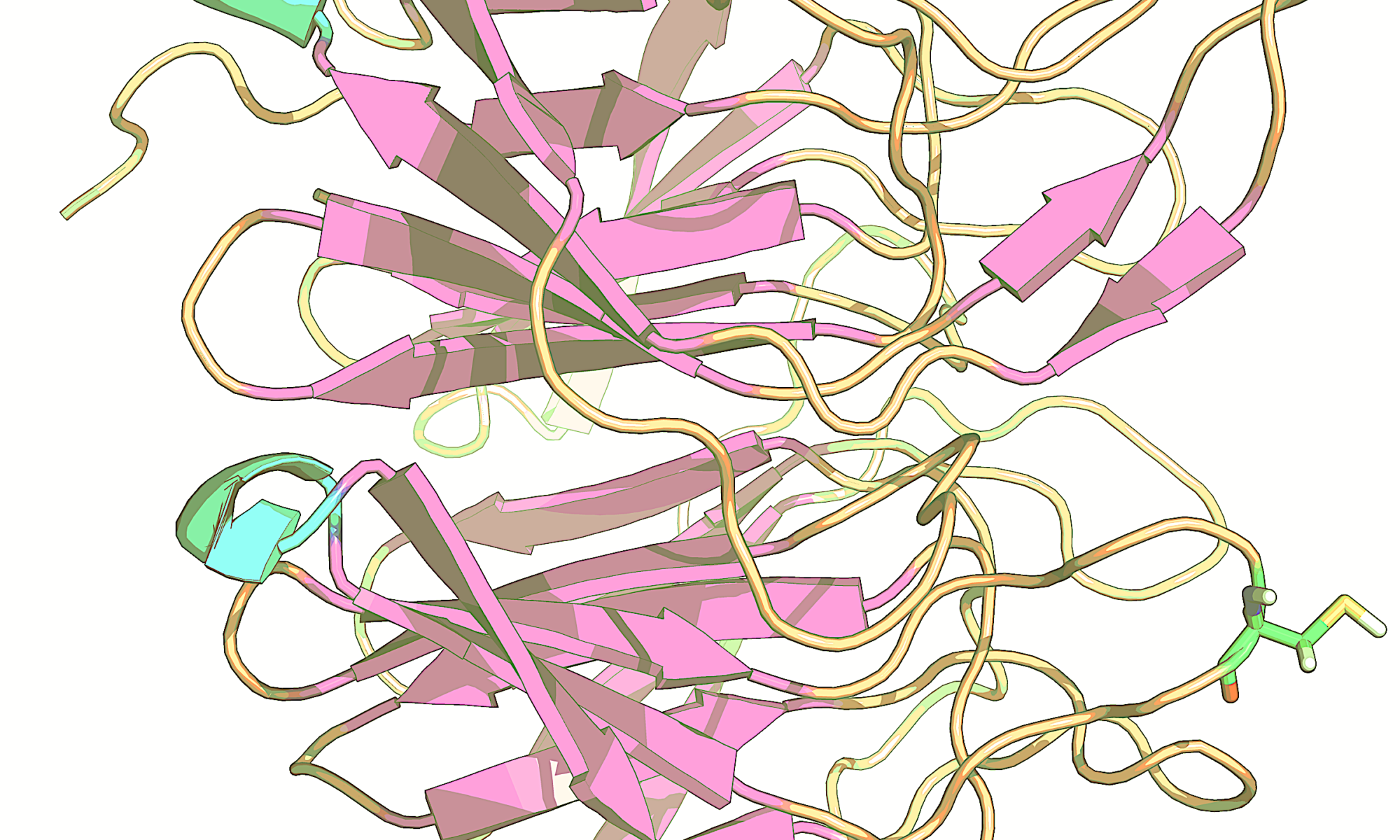Skin permeability of chemicals, usually reflected using the logarithm form of skin permeation rate, log Kp, is a critical parameter used by medicinal chemists, formulators and toxicologists. Medicinal chemists consider skin permeability of dermal APIs in an effort to deliver the desired dose; formulators need to understand the skin permeation rate in order to create an effective and safe cosmetic product, while toxicologists care for minimizing skin permeation rates in order to prevent potentially hazardous effects of commercial chemicals. Toxicologists also have to take skin permeability rate into account when carrying out chemical risk assessments or alternatives assessments. Experimental methods for testing skin permeability are cost-prohibitive and as a result fast and accurate predictive methods are highly desirable. Most incumbent tools for log Kp prediction rely on structural descriptors. These models are often limited to chemical analogs,[1] having low accuracy of predictions for molecules that are structurally different from those in the training set.[2]
The CADRE module for prediction of log Kp [3] relies on simulations of biochemical interactions of chemicals with model components of the epidermis. It takes into account ionization, which strongly influences permeation rates. The model was extensively validated and is widely applicable to industrial and pharmaceutical chemicals.
References
- Moss GP, Dearden JC, Patel H, Cronin MTD (2002) Quantitative structure-permeability relationships (QSPRs) for percutaneous absorption. Toxicol. Vitro16: 299-317
- Potts RO & Guy RH (1992) Predicting skin permeability. Pharm. Res.9: 663-9
-
J Kostal, A Voutchkova-Kostal, CADRE-SS, an in Silico Tool for Predicting Skin Sensitization Potential Based on Modeling of Molecular Interactions,
Chemical research in toxicology, 2016, 29 (1), 58-64.
